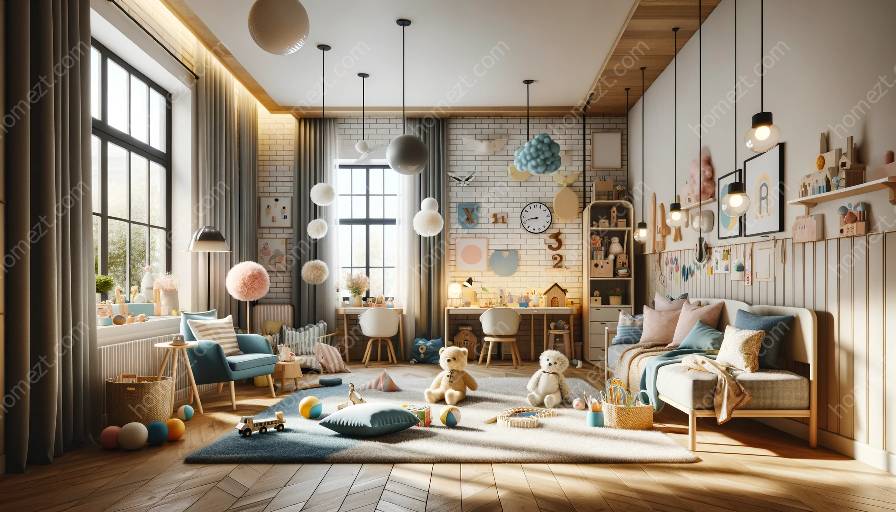Children's room design is a unique and exciting field that allows for creativity and personalization. One interesting approach to creating a memorable and meaningful space for children is by integrating traditional and heritage elements. By infusing a child's room with elements of the past, designers can create spaces that are not only aesthetically pleasing but also rich in cultural and historical significance.
In this article, we will delve into the concept of integrating traditional and heritage elements in children's room design, exploring its compatibility with interior design and styling. We will discuss the benefits of incorporating traditional elements, provide examples of traditional and heritage elements that can be included in children's rooms, and offer practical tips on how to effectively combine modern design with traditional and heritage influences.
The Importance of Integrating Traditional and Heritage Elements
When designing a child's room, it is essential to consider the environment in which they will grow and develop. By incorporating traditional and heritage elements, designers can create a sense of connection to the past, fostering a child's appreciation for history, culture, and family heritage. Additionally, integrating traditional elements can imbue the space with warmth, character, and a unique identity, making it a truly special and personal environment for the child.
Compatibility with Interior Design and Styling
Integrating traditional and heritage elements in children's room design can seamlessly coexist with contemporary interior design and styling. By carefully balancing modern elements with traditional and heritage influences, designers can create visually stunning and cohesive spaces that capture the essence of both the past and the present. The juxtaposition of old and new can result in a harmonious and engaging design that appeals to both children and their parents.
Incorporating Traditional and Heritage Elements
There are numerous traditional and heritage elements that can be incorporated into children's room design, ranging from cultural artifacts and heirlooms to architectural features and decorative motifs. Examples include vintage textiles, patterned wallpapers, antique furniture, folk art, and traditional crafts. These elements can be seamlessly integrated into the overall design, adding depth, meaning, and a sense of history to the room.
Tips for Effective Integration
When integrating traditional and heritage elements, it is essential to strike a balance between the old and the new. Designers should carefully select and curate traditional elements that resonate with the child's heritage and cultural background, while also ensuring that the overall design remains functional, safe, and age-appropriate. Additionally, designers should consider the child's individual tastes and preferences, incorporating elements that reflect their personality and interests.
Conclusion
Integrating traditional and heritage elements in children's room design is a meaningful and exciting endeavor that can result in spaces that are not only aesthetically appealing but also rich in cultural and historical significance. By carefully balancing modern design with traditional and heritage influences, designers can create spaces that are both authentic and attractive, providing children with a unique and memorable environment in which to grow and thrive.


























